When to use non traditional marketing
Attention is such a precious commodity these days in marketing. People can see up to 100 ads per day. The average American checks their phone up to 144 times per day.
When you’re competing for a limited amount of attention from your customer’s brains, your marketing really does need to stand out and stop their thumbs (or minds) from scrolling past. One way to do that is to use non-traditional forms of marketing. These forms of marketing tend to stand out from the crowd in specific scenarios.
What is non-traditional marketing?
Non-traditional marketing strategies rely on new and unorthodox marketing methods. These can include guerilla marketing, stunts, product placement, and even loyalty programs.
The only requirement for using non-traditional marketing is vision, creativity, and commitment. Since it is often significantly cheaper than classic forms of advertising, non-traditional marketing is an effective tool for companies with modest marketing budgets.
When to consider using non-traditional marketing
- When you have valuable content to share: Content marketing has emerged as a powerful and effective non-traditional marketing method. Also known as inbound marketing, content marketing is a permissive marketing technique. This means that your content is based on people coming to you and seeking out additional information.Spotify Wrapped is considered to be one of the best content marketing campaigns in recent years. Spotify keeps receipts of the songs and artists you’ve listened to. And by year-end, the Swedish streaming giant packages your user data in what has since become one of its most successful and most shareable marketing ploys on social media: Spotify Wrapped.
- If your audience doesn’t respond to traditional marketing: Younger audiences are drawn to advertising that doesn’t feel like advertising. Unboxing experiences allow users to learn about your product from someone they trust and feel connected to. Just search ‘Apple unboxing’ on YouTube and you will unlock a treasure chest of videos with influencers sharing their experiences with subscribers.The goal of unboxing experiences is to make opening a product memorable and shareable, adding value for the customer and creating positive brand associations.
- When your budget is limited: In 2017, State Street Global Advisors created an excellent low-budget campaign. When the Fearless Girl statue showed up on Wall Street, she took New York by storm. The company generated a ton of press coverage by siding with demonstrators and placing a statue at the site of the famous Charging Bull in New York City.The statue generated $7.4 million in free marketing. That’s an incredible ROI.
- If you’re in a saturated industry: Red Bull sells energy drinks. That’s a pretty saturated space to sell in. But the name “Red Bull” stands at the pinnacle of non-traditional marketing due to its incredibly clever strategy. The brand’s strategy revolves around creating engaging content and experiences that resonate with its target audience, even when they are not interested in energy drink brands.The company understands the power of storytelling and has utilized it effectively through its Red Bull Media House division.
- To give purpose to your work: When Nike announced its ambition to break the two-hour marathon barrier in December 2016, observers questioned whether it would really be possible to achieve the “holy grail of running”.Eliud Kipchoge teamed up with Nike for his first sub-two-hour attempt that was chronicled in the documentary Breaking2. This film wasn’t just about selling shoes—it was about creating a narrative that aligned with the brand’s identity of pushing human limits.
- When experiential marketing will resonate with your audience: Lifestyle brand Refinery29 created a campaign called “29rooms”, their Funhouse Of Style, Culture, And Creativity. It consisted of 29 individually branded and curated rooms for attendees to experience something different in each one. It allowed people to interact with the brand in a way that is fun and hands-on.Refinery29 co-founder and executive creative director Piera Gelardi explained that “successful brand activations provide a service to the audience.” By creating immersive and unforgettable experiences, experiential marketing can significantly impact your brand’s reputation, customer loyalty, and bottom line.
- If you can use your surroundings to your advantage: When the BBC wanted to promote the new season of their show “Dracula”, they created a billboard that beautifully spoke to the theme and main character of the show. The billboard reflected a fundamental aspect of Dracula’s character – his relationship with the night.By day, their billboard was designed to be minimalistic, with red text on a white background with a few bloody stakes. However, like its subject, the billboard changed completely every time night fell. It utilized shadow art and stakes to create a silhouette of Dracula’s face that appeared as darkness fell, whilst a ‘break in case of vampires’ box was erected to create extra fear and excitement.
- When your product can market itself: Coca-Cola is undoubtedly the most famous drink in the world. One of their most famous and successful campaigns was “Share a Coke”. They encouraged teens to ‘Share a Coke’ with their friends by showing them how exciting it was to get a Coke bottle with their name on it.It was such a simple idea. Put a person’s name on a Coke bottle. The result was mind-blowing. People felt that Coke “saw” them as individuals. They were no longer a customer. They were Dave, Mel, Josh, and Adam. Their name was finally recognized.
Use a marketing expert to guide your next campaign
XDigitalSEO is Florida’s marketing expert, and we’re ready to help you create your next award-winning non-traditional marketing campaign. Contact us to get a free estimate today.
Contact XDigitalSEO
You can also find us on:


